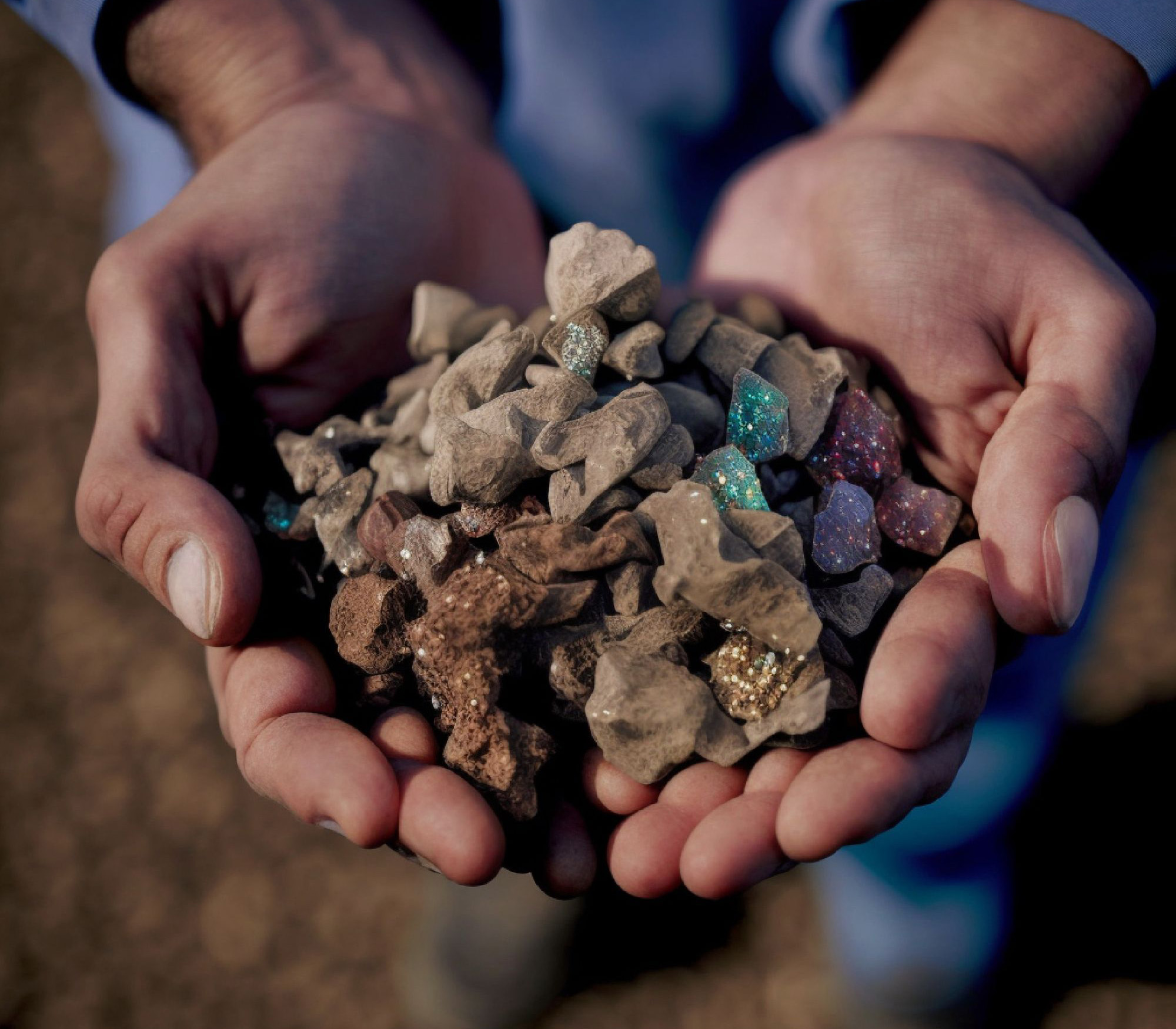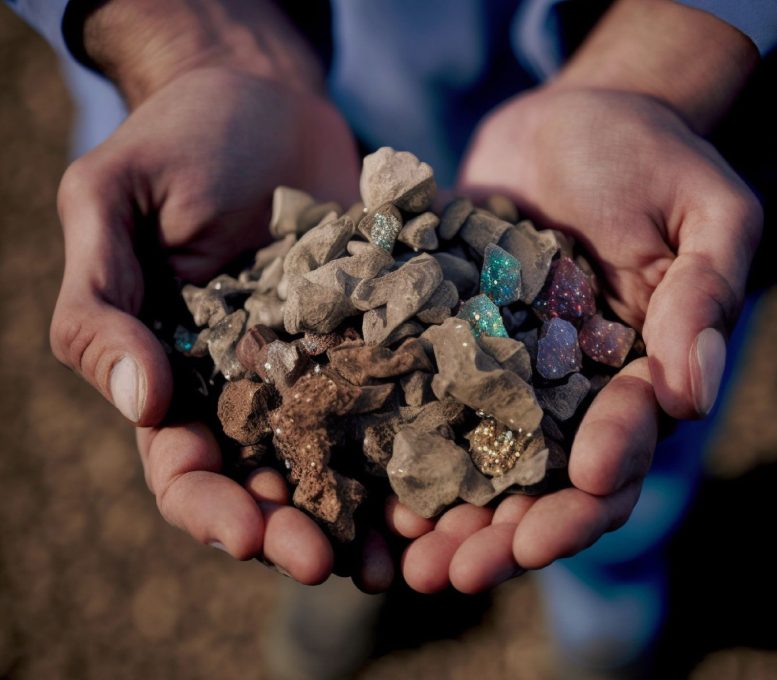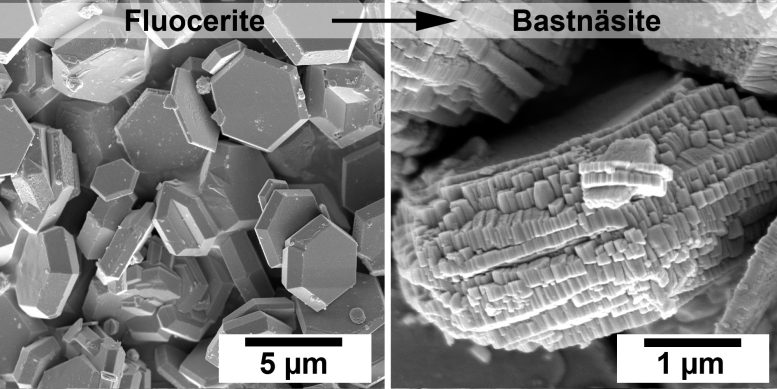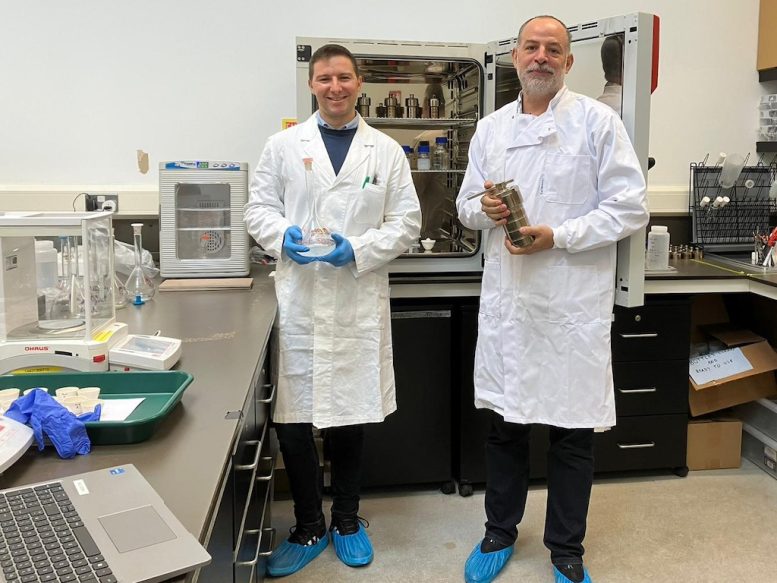

A study from Trinity College Dublin reveals a new pathway for forming bastnäsite from fluocerite, potentially enhancing the efficiency of extracting vital rare earth elements used in advanced technologies.
Researchers at Trinity College Dublin’s School of Natural Sciences have discovered a new method for forming bastnäsite, an essential mineral used in extracting rare earth elements (REEs). This breakthrough could potentially lead to more efficient extraction of REEs in the future.
The study – published in the journal Nanoscale – uncovers for the first time how fluocerite, a rare mineral, quickly forms and transforms into bastnäsite. The occurrence and origin of fluocerite in natural deposits were not fully understood, and it has been very difficult for earth scientists to study this mineral in natural samples.
Now, the Trinity team has revealed a new crystallization route that produces extremely tiny, nanometric-sized minerals. Some of these elusive minerals are incredibly small, just a few billionths of a meter in size, making them very difficult to observe in natural samples.

Implications for Rare Earth Element Extraction
Their research has essentially found that fluocerite can act as a “seed” to promote the rapid formation of bastnäsite.
This new knowledge not only advances scientific understanding but also has practical implications, potentially leading to more efficient and cost-effective methods for extracting REEs, which are vital for a wide range of technologies, from smartphones to renewable energy solutions. They are also crucial for researchers who have struggled to understand the intricate factors and pathways involved in the formation of these tiny, nanometric minerals.

First author of the research, Dr. Luca Terribili, Trinity, said: “Earth science researchers working with natural samples have found it extremely challenging to understand all the factors controlling the formation of bastnäsite, which is the main industrial source of rare earth elements, as well as the various potential pathways of its formation. Here, we have shown for the first time that fluocerite can turn into bastnäsite.
“This discovery has been made by following a completely different approach – we built synthetic bastnäsite rocks in the laboratory, to mimic the same processes occurring in nature— and studied them with powerful spectroscopic and microscopic techniques. This approach not only helped to clarify the complex natural processes at play but also paves the way for more efficient extraction of rare earth elements.”
Principal Investigator, Prof. Juan Diego Rodriguez-Blanco, Trinity, added: “Our study highlights how these transformations can occur at relatively low temperatures, and very quickly. These insights are crucial for developing better industrial methods for extracting rare earth elements. The reaction that turns fluocerite to bastnäsite may seem a slower process, taking between five hours and a month depending on temperature, but it is very rapid in geological timescales.”
Reference: “The role of fluocerite in the genesis of bastnäsite: mechanistic insights and transformation pathways” by Luca Terribili, Remi Rateau, Melanie Maddin and Juan Diego Rodriguez-Blanco, 12 June 2024, Nanoscale.
DOI: 10.1039/D4NR01614A